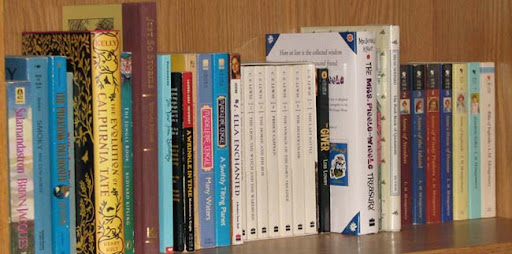 Bibliography:
Bibliography:Jenkins, Steve and Robin Page. 2008. Sisters and Brothers: Sibling Relationships in the Animal World. Ill. by Steve Jenkins. New York: Houghton Mifflin. ISBN: 9780618375967.
Summary:
Animals have families too. Sometimes animal sisters and brothers act much like human kids, but others act very differently. Armadillos are always identical quadruplets, but termites have millions of siblings. Cheetahs and falcons use their brothers and sisters to practice hunting, being careful not to hurt each other. Did you know that whiptail lizards have only sisters, or that black widow spiders eat their siblings?
Analysis:
Jenkins and Page present an informative and fascinating book for children interested in animals. Each page has a title (“Living together,” “Sibling rivalry”), a block of text, and a collage picture of the animals. There is plenty of white space to keep the book from being overwhelming. Lots of facts about siblings and the daily life of these animals are presented in a compact way, and additional facts are given in the back of the book. Children will identify with sibling fights and play, and be wide-eyed at other habits, such as crocodiles hiding in their mother’s mouth.
Reviews/Awards:
“Enough data is afforded to satisfy many children, and adults are offered some further readings to suggest to the insatiably curious. Eye-catching, and with an interesting approach to the animal world, this book should appeal to a wide variety of ages and interests.”
School Library Journal, starred review
“Most talk about animal families focuses on the parent-child relationship, but this riveting picture book, illustrated in Jenkins’ signature style, is packed with amazing facts about how young animals nurture one other or compete for survival and leave home.”
Booklist, starred review
Connections:
* Read other books about animals by Steve Jenkins, such as Never Smile at a Monkey and Actual Size.





